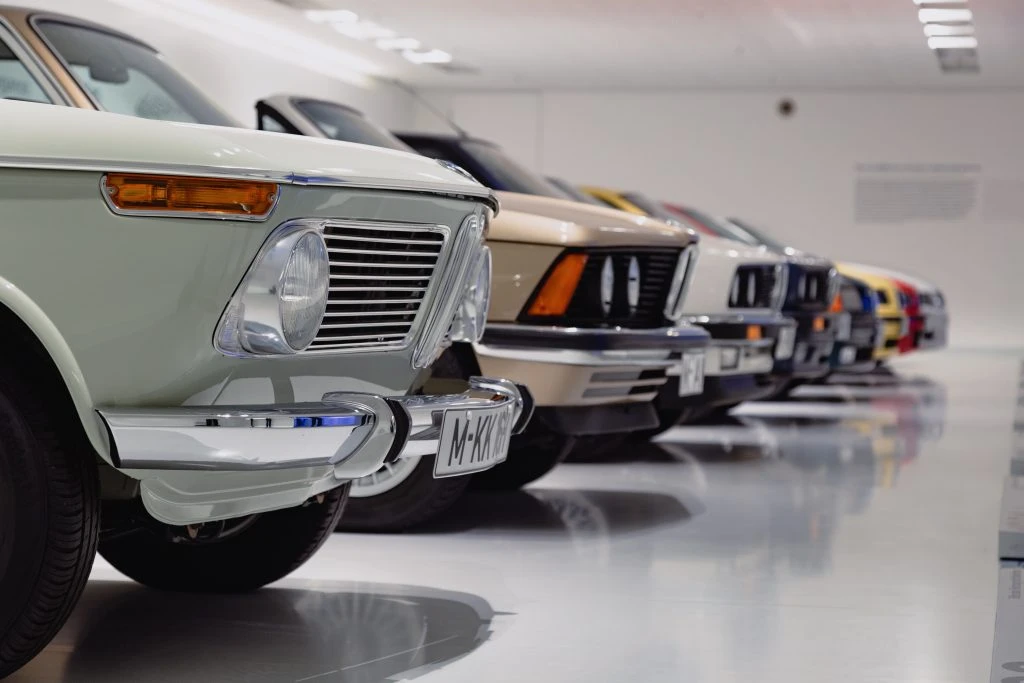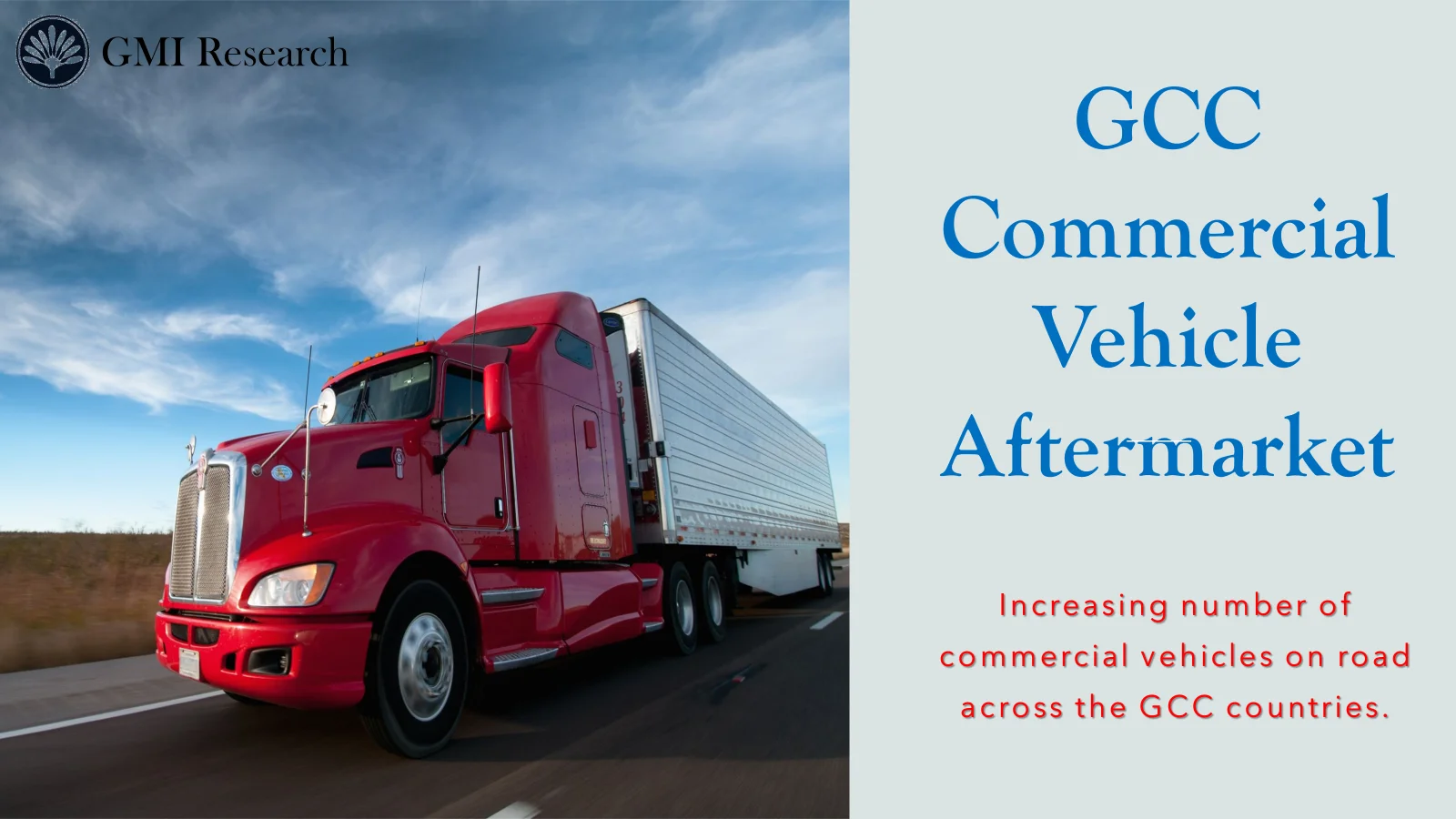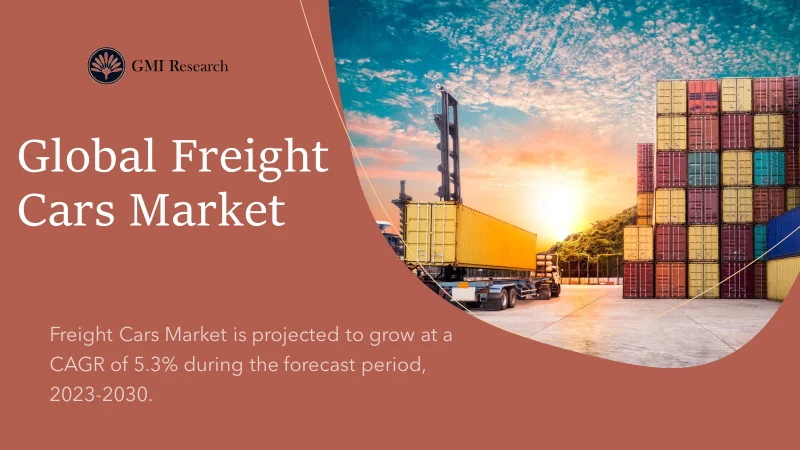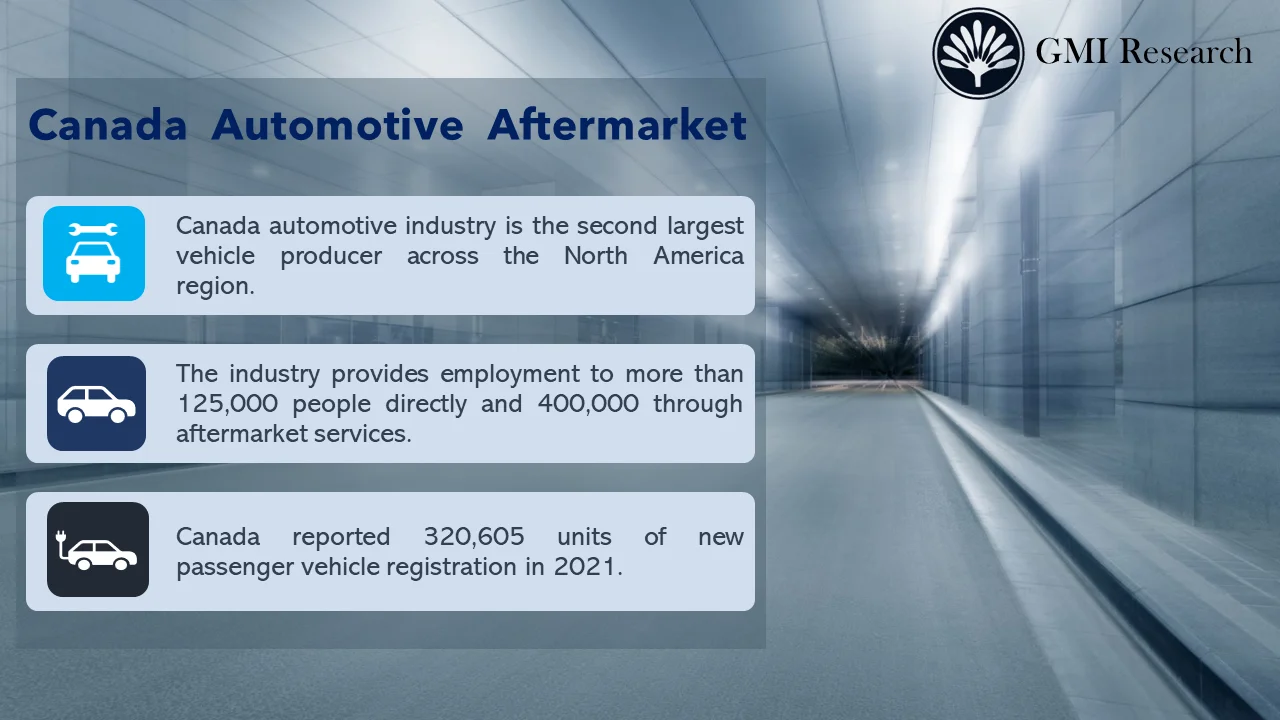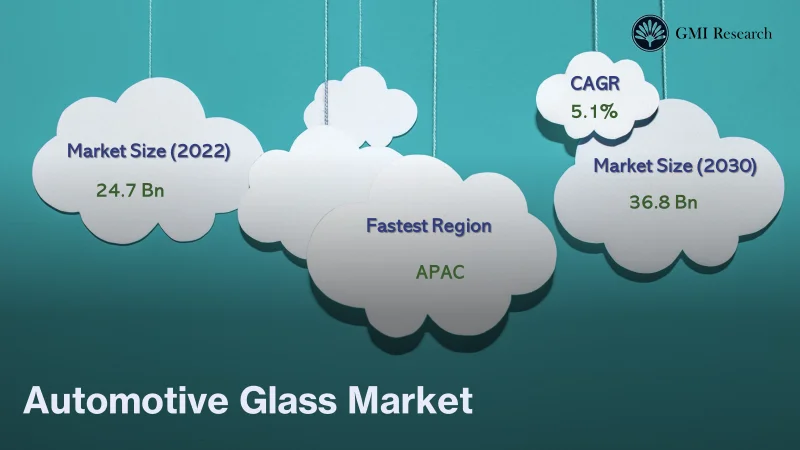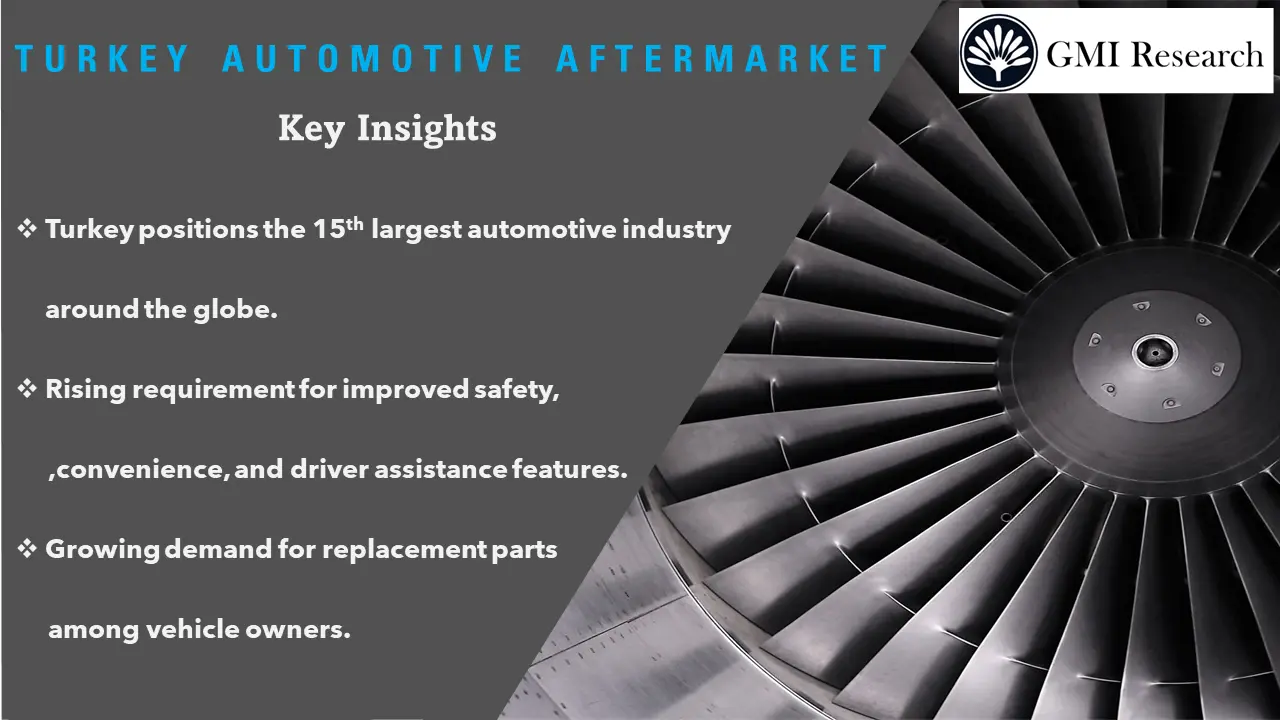OICA stated that the global economy is significantly influenced by the design, production, and sales of automobiles. Acting as a primary catalyst for economic growth globally, the automotive industry play a significant role in the economies of foremost countries. With a remarkable 30% growth during the past decade (1995-2005), the industry’s impact extends to the employment of nearly 9 million individuals directly involved in manufacturing vehicles and their components. This translates to over 5% of the total global manufacturing employment. The spillover effect is substantial, as each direct job in the auto sector is predicted to introduce at least 5 additional indirect jobs in the community. Subsequently, more than 50 million jobs are attributed to the auto industry. In 2022, the global sales of passenger cars and commercial vehicles reached nearly 85 million units.
The industry is facing a rare convergence of four simultaneous macro-trends: autonomous driving, shared mobility, connectivity, macro-trends, and electrification. Managing these shifts demands substantial attention and effort.
New regulations are predicted to significantly decrease the average CO2 emissions of cars, dropping from 120g/km to 13g/km by 2050. Despite the seemingly distant timeframe, the swift pace of the automotive industry makes this transformation feel imminent. Shifting to e-mobility means transitioning from engines with nearly 4,500 parts to those with just 400 substantial adjustments. However, these challenges, essential in the historic shift from the long-standing era of internal combustion engines to the electric vehicle age, are opportunities for growth and innovation. This transition is introducing impactful moves around unexpected corners of the global economy, and it is only in its initial stage.
China maintains its dominance as the largest global automotive market, with 26 million vehicles sold in 2022. The United States, holding the second position, saw 13.8 million vehicle sales that year, slightly falling but retaining its No. 2 spot. Both China and the U.S. significantly outpace India, where 4.36 million vehicles were sold, marking substantial growth. Japan followed with 4.16 million units sold, witnessing a 5% year-on-year decline in 2022.
The electric car market is witnessing remarkable growth, surpassing 10 million in sales in 2022. A notable move is obvious, with electric vehicles constituting 14% of all new car sales, up from nearly 9% in 2021 and less than 5% in 2020. Three key markets shape this increase: China leads, supporting nearly 60% of global electric car sales and exceeding its 2025 target for new energy vehicle sales. Europe, the 2nd largest market witnessed a 15% rise in electric car sales in 2022, translating to over one in every 5 cars sold being electric. In the U.S. the 3rd largest market, electric car sales increased by 55% in 2022, accomplishing an 8% sales share.
China maintains its lead in global Battery Electric Vehicle sales, with the USA and Germany following Whereas, BEV sales in the USA witnessed robust growth, increasing by nearly 57% year-on-year, marking the highest growth rate among the top three EV markets. In the broader context, China stands out as the frontrunner in the electric vehicle race, holding over 80% of the world’s lithium-ion battery capacity and commanding significant benefits in critical components. President Joe Biden focuses on altering this landscape, allocating billions through the Inflation Reduction Act to attract producers to the USA and its closest trading partners. Mexico emerges as a foremost beneficiary of Biden’s tax credits, potentially receiving up to $7,500 for customer purchases of EVs produced in North America. Foremost automotive players, including BMW AG, General Motors Co., Kia Corp., Stellantis NV, and Ford Motor Co., are strategically expanding their Electric Vehicle production to capitalize on the benefits of near-shoring incentives. Tesla too, is in the mix, planning a mega-factory in Nuevo Leon, Mexico.
Both the United States, and European Union are aligning legislative frameworks with their ambitious electrification objectives. The European Union has introduced new CO2 standards for cars and vans, harmonized with the 2030 objectives outlined in the Fit for 55 packages. In the U.S., the Inflation Reduction Act and the adoption of California’s Advanced Clean Cars II rule by different states focus on accomplishing a 50% market share for electric cars by 2030, aligning with the national target. The predicted implementation of recently proposed emissions standards by the US Environmental Protection Agency is predicted to further boost this market share.
Moreover, India electric vehicle market is attaining significant drive, fostered by an increase in affordable new models. The sales of passenger EVs across the country rose to 75,000 in just 9 months through September, more than doubling the capacity from same period previous year. Although electric vehicles presently comprise a modest 2.4% of the total market revenue share, a quicker inspection of the trends exposes an important understanding for EV producers aiming to establish an existence across India: a considerable 86% of all-electric cars sold this year were valued under $20,000.
Thailand is investing 43 billion baht to encourage people to buy electric vehicles and to boost packages of incentives for appealing spending. As a pioneer in Southeast Asia, Thailand introduced cash subsidies, reaching up to 150,000 baht, for passenger electric cars last year.
It is anticipated to bring about another transformation shift in the automotive industry; autonomous vehicles are predicted to make a significant impact. Alongside the ongoing evolution in powertrain technology, commercial autonomous cars could meet the world’s mobility requirements without an individual collision before 2050.
our expertise by the numbers
200+
Automotive, Transportation & Logistics engagements
More than 200
15 different Automotive, Transportation & Logistics
10 Years of Experience
15 different Automotive, Transportation & Logistics
15
15 different Automotive, Transportation & Logistics
1,000
15 different Automotive, Transportation & Logistics

Keep Up to Date

